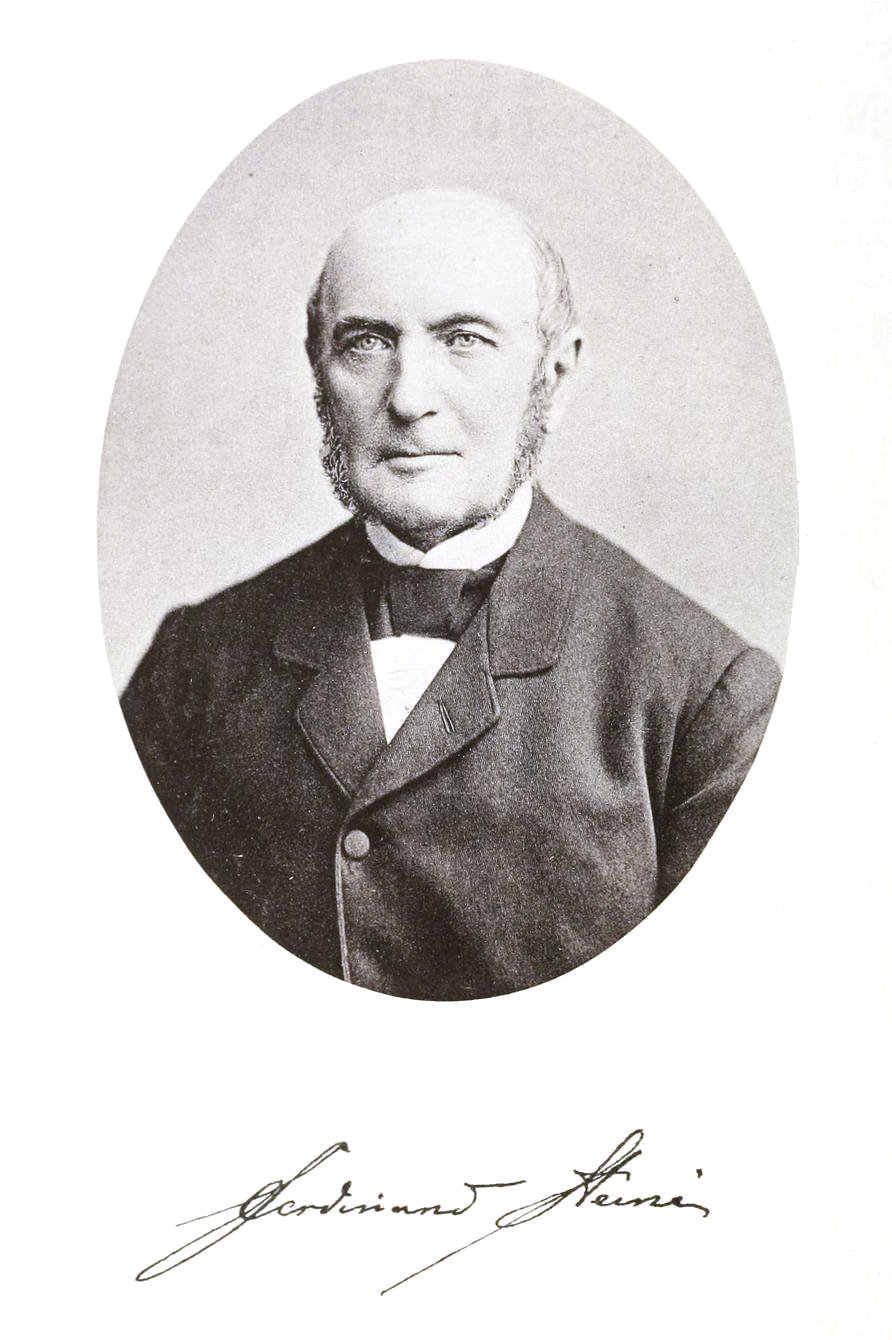|
Blossomcrown
The two blossomcrowns comprise the genus ''Anthocephala''. They were formerly considered conspecific. The SACC accepted both as distinct species in 2015. Species The two species are: References * Blossomcrowns {{hummingbird-stub ... [...More Info...] [...Related Items...] OR: [Wikipedia] [Google] [Baidu] |
Blossomcrown
The two blossomcrowns comprise the genus ''Anthocephala''. They were formerly considered conspecific. The SACC accepted both as distinct species in 2015. Species The two species are: References * Blossomcrowns {{hummingbird-stub ... [...More Info...] [...Related Items...] OR: [Wikipedia] [Google] [Baidu] |
Anthocephala Berlepschi
The Tolima blossomcrown (''Anthocephala berlepschi'') is a Vulnerable species of hummingbird in the "emeralds", tribe Trochilini of subfamily Trochilinae. It is endemic to Colombia.HBW and BirdLife International (2020) ''Handbook of the Birds of the World and BirdLife International digital checklist of the birds of the world'' Version 5. Available at: http://datazone.birdlife.org/userfiles/file/Species/Taxonomy/HBW-BirdLife_Checklist_v5_Dec20.zip xls zipped 1 MBretrieved 27 May 2021 Taxonomy and systematics The Tolima blossomcrown was originally treated as a subspecies of what was then the blossomcrown (''Anthocephala floriceps''), that also included what is now the Santa Marta blossomcrown. A study by Lozano-Jaramillo et al. published in 2014 found that the two differed greatly both genetically and in their climatic niches. The South American Classification Committee of the American Ornithological Society and worldwide taxonomic systems soon adopted the split; the Santa Mart ... [...More Info...] [...Related Items...] OR: [Wikipedia] [Google] [Baidu] |
Santa Marta Blossomcrown
The Santa Marta blossomcrown (''Anthocephala floriceps'') is a Vulnerable species of hummingbird in the "emeralds", tribe Trochilini of subfamily Trochilinae. It endemic to the Sierra Nevada de Santa Marta of Colombia.HBW and BirdLife International (2020) ''Handbook of the Birds of the World and BirdLife International digital checklist of the birds of the world'' Version 5. Available at: http://datazone.birdlife.org/userfiles/file/Species/Taxonomy/HBW-BirdLife_Checklist_v5_Dec20.zip xls zipped 1 MBretrieved 27 May 2021 Taxonomy and systematics ''Anthocephala floriceps'' was originally called the blossomcrown and included what are now the Santa Marta blossomcrown and Tolima blossomcrown (''Anthocephala berlepschi'') as subspecies. A study by Lozano-Jaramillo et al. published in 2014 found that the two differed greatly both genetically and in their climatic niches. The South American Classification Committee of the American Ornithological Society and worldwide taxonomic systems ... [...More Info...] [...Related Items...] OR: [Wikipedia] [Google] [Baidu] |
Anthocephala Floriceps
The Santa Marta blossomcrown (''Anthocephala floriceps'') is a Vulnerable species of hummingbird in the "emeralds", tribe Trochilini of subfamily Trochilinae. It endemic to the Sierra Nevada de Santa Marta of Colombia.HBW and BirdLife International (2020) ''Handbook of the Birds of the World and BirdLife International digital checklist of the birds of the world'' Version 5. Available at: http://datazone.birdlife.org/userfiles/file/Species/Taxonomy/HBW-BirdLife_Checklist_v5_Dec20.zip xls zipped 1 MBretrieved 27 May 2021 Taxonomy and systematics ''Anthocephala floriceps'' was originally called the blossomcrown and included what are now the Santa Marta blossomcrown and Tolima blossomcrown (''Anthocephala berlepschi'') as subspecies. A study by Lozano-Jaramillo et al. published in 2014 found that the two differed greatly both genetically and in their climatic niches. The South American Classification Committee of the American Ornithological Society and worldwide taxonomic systems ... [...More Info...] [...Related Items...] OR: [Wikipedia] [Google] [Baidu] |
Jean Cabanis
Jean Louis Cabanis (8 March 1816 – 20 February 1906) was a German ornithologist. Cabanis was born in Berlin to an old Huguenot family who had moved from France. Little is known of his early life. He studied at the University of Berlin from 1835 to 1839, and then travelled to North America, returning in 1841 with a large natural history collection. He was assistant and later director of the Natural History Museum of Berlin (which was at the time the Berlin University Museum), taking over from Martin Lichtenstein. He founded the ''Journal für Ornithologie'' in 1853, editing it for the next forty-one years, when he was succeeded by his son-in-law Anton Reichenow. He died in Friedrichshagen. A number of birds are named after him, including Cabanis's bunting ''Emberiza cabanisi'', Cabanis's spinetail ''Synallaxis cabanisi'', Azure-rumped tanager The azure-rumped tanager or Cabanis's tanager (''Poecilostreptus cabanisi'') is a species of bird in the family Thraupidae. It ... [...More Info...] [...Related Items...] OR: [Wikipedia] [Google] [Baidu] |
Ferdinand Heine
Jakob Gottlieb Ferdinand Heine (9 March 1809, in Halberstadt – 28 March 1894) was a German ornithologist and collector. Heine had one of the largest private collection of birds in the mid-19th century. The collection now housed at the Heineanum Halberstadt Museum in Halberstadt (27,000 specimens, 15,000 books).The Eponym Dictionary of Birds by Bo Beolens, Michael Watkins, Michael Grayson wrote about the collection i [...More Info...] [...Related Items...] OR: [Wikipedia] [Google] [Baidu] |
Species
In biology, a species is the basic unit of classification and a taxonomic rank of an organism, as well as a unit of biodiversity. A species is often defined as the largest group of organisms in which any two individuals of the appropriate sexes or mating types can produce fertile offspring, typically by sexual reproduction. Other ways of defining species include their karyotype, DNA sequence, morphology, behaviour or ecological niche. In addition, paleontologists use the concept of the chronospecies since fossil reproduction cannot be examined. The most recent rigorous estimate for the total number of species of eukaryotes is between 8 and 8.7 million. However, only about 14% of these had been described by 2011. All species (except viruses) are given a two-part name, a "binomial". The first part of a binomial is the genus to which the species belongs. The second part is called the specific name or the specific epithet (in botanical nomenclature, also sometimes i ... [...More Info...] [...Related Items...] OR: [Wikipedia] [Google] [Baidu] |


